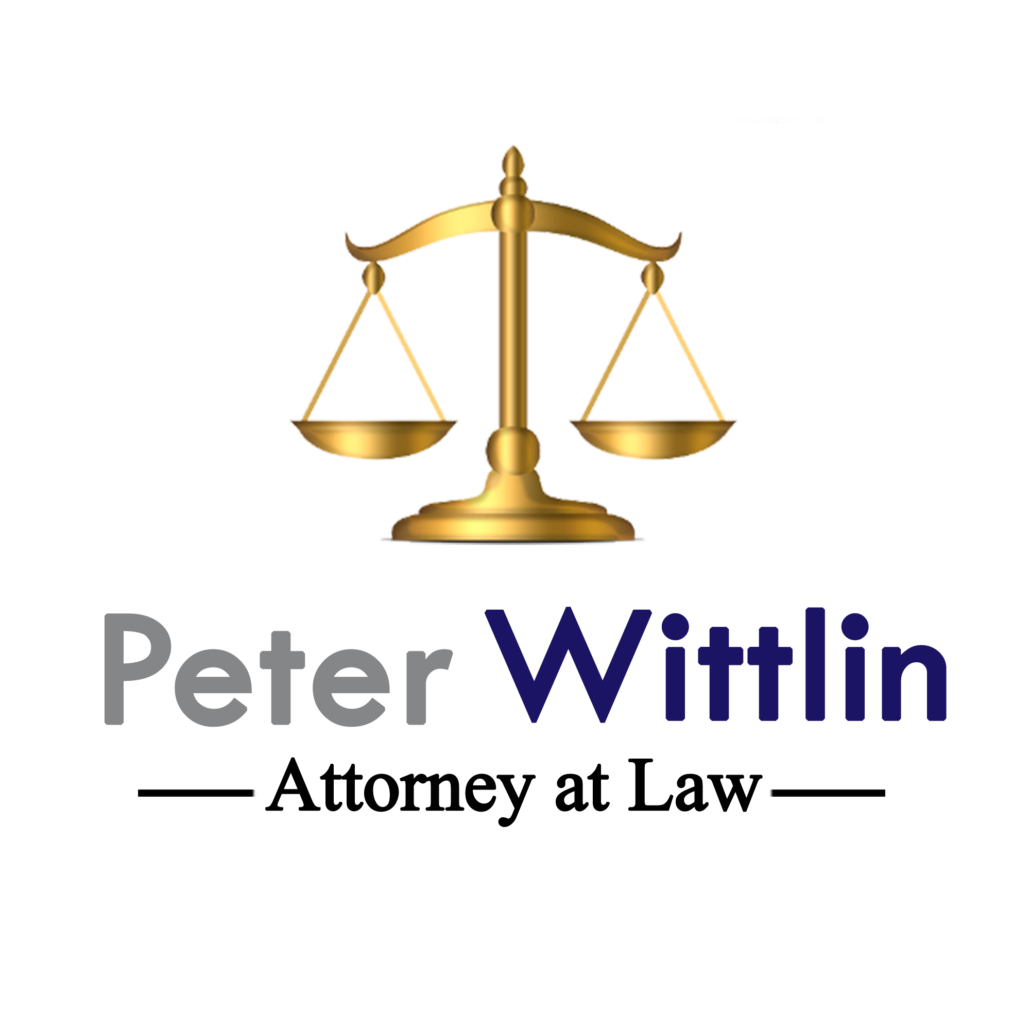For many debtors, filing bankruptcy can be an appealing option to rid themselves of formidable debt. Yet, before filing, it is essential to know the difference between bankruptcy options (7, 11, 13) and whether you are even eligible to file bankruptcy in the first place.
Chapter 7 and the “Means Test”
The means test determines eligibility to file for Chapter 7 bankruptcy. It was developed to differentiate between those individuals or entities who are truly incapable of repaying debts and others who may simply be looking to cut corners with creditors. By calculating disposable income over the past six months and comparing it with your state’s median income, it helps determine your ability (or lack thereof), even with a reduction in monthly expenses, to repay your debt.
Many websites offer bankruptcy means test calculators to help you determine this in minutes. If your income falls below the median you become immediately eligible to file bankruptcy. However, if it exceeds the state’s median income you must move onto the next step.
Partial Debt Repayment
If you reach this stage, your income falls above the median for your state. However, that does not necessarily mean you have excess funds. This is why you will need to complete the remainder of the means test to determine your final disposable income.
This will conclude whether it is feasible to at least repay some of your unsecured debt. However, if you’re disposable income is too high you will probably be disqualified from filing for Chapter 7 bankruptcy. Luckily There are other options available.
More Options
Those who do not qualify to file for Chapter 7 bankruptcy will probably be eligible to file for Chapter 13.
This is called “individual debt readjustment” and it requires you pay all of your “net disposable income” after household expenses to the chapter 13 trustee toward satisfying unsecured creditors. However, this option is worth considering if you would like to keep all of your assets (like your home, regardless of its equity). Payment timelines range from 3 – 5 years and you must pay an additional 11 percent of your disposable income to cover the trustee’s operating expenses.
Before considering any bankruptcy option it is highly advised that you speak with a reputable and knowledgeable attorney. While bankruptcy can definitely be an attractive option to cure your debt woes, only someone well-versed in the field will be able to effectively guide you through the process and help to ensure a favorable outcome.
Do you think filing bankruptcy may be your best option? Would you like more details about our expertise and what we can do to address your specific needs? Contact us today for more information and a free consultation.


